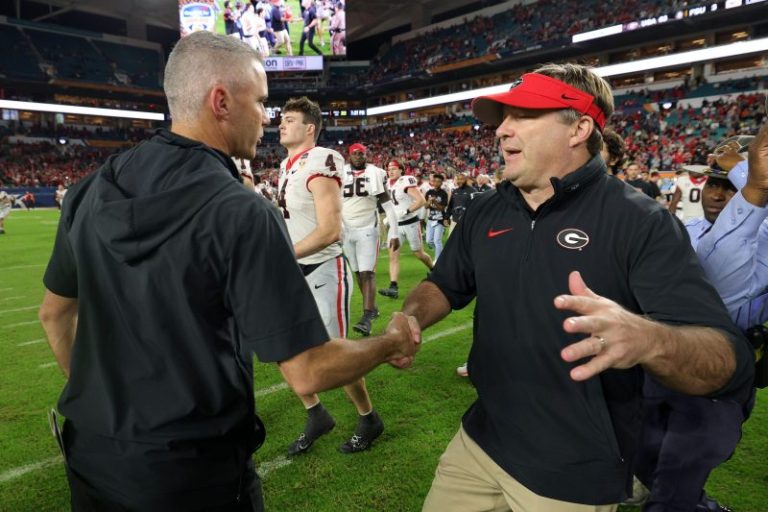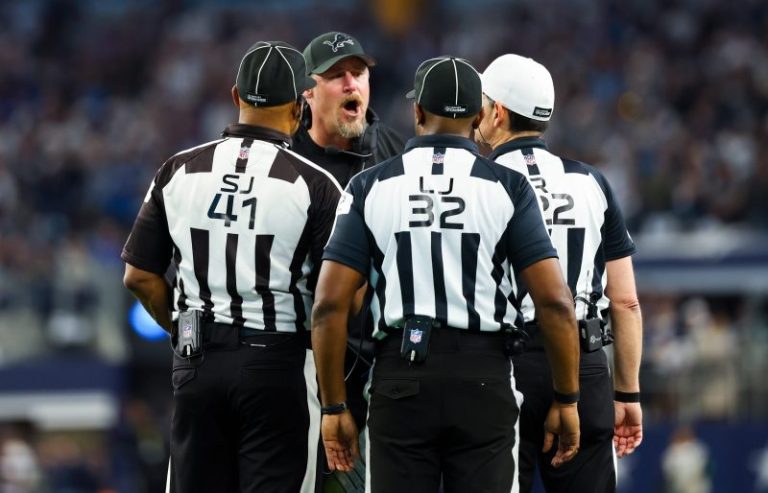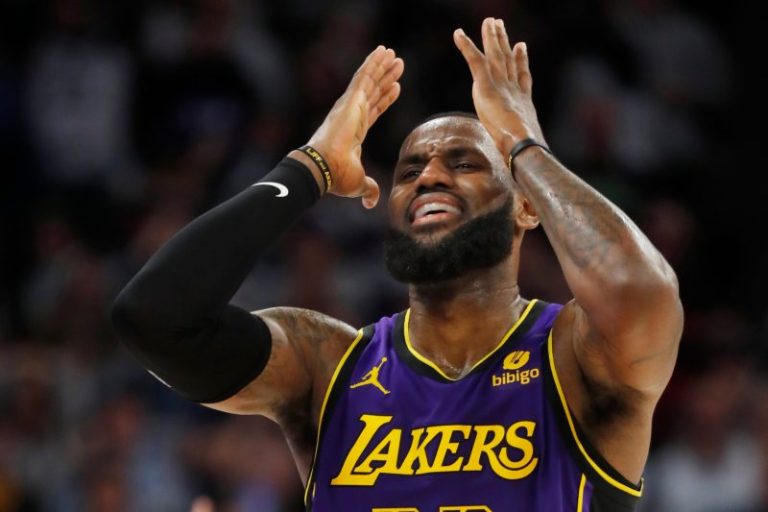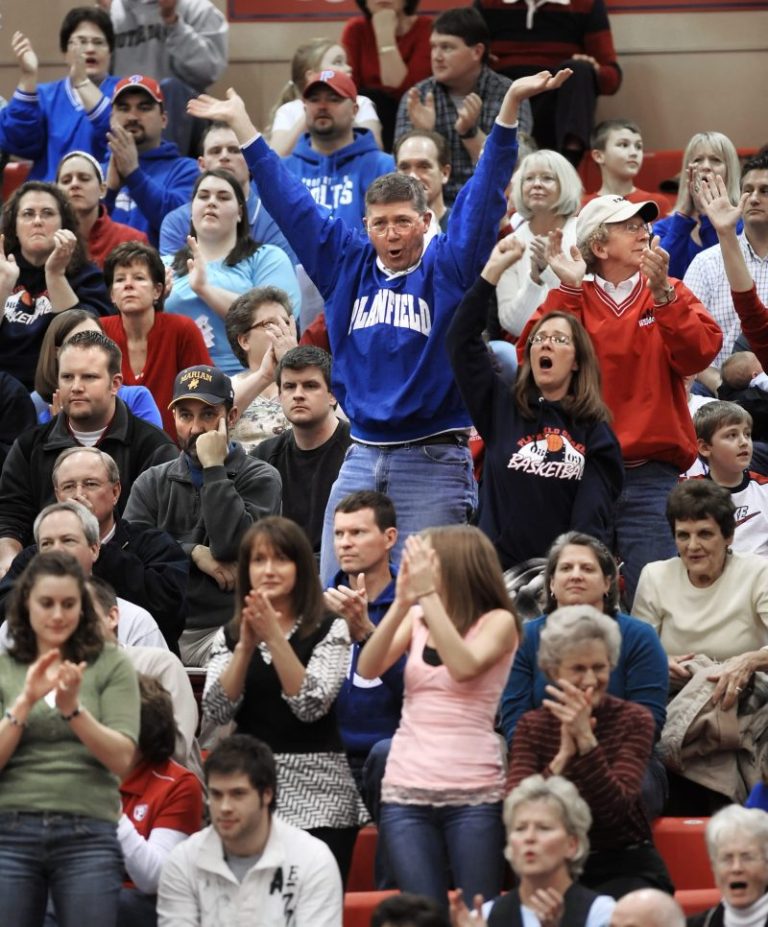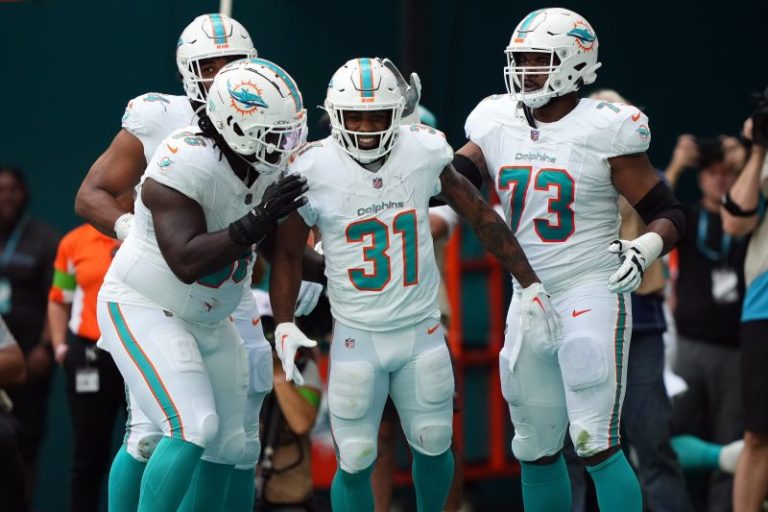Perhaps you think you are being helpful. Maybe you were a standout high school player, or even a college player, at your kid’s sport of choice. So you “cheer,” or at least that’s what you think you are doing.
You bark instructions to your child when he or she is on the court, field or ice. (The coach can’t possibly know more than you, right?)
You let your son or daughter know exactly what to do: which pitch to swing at, when to take a shot, when to turn around and look for a pass.
The sound of your voice rises with the intensity of the game. If the game is close, you are practically screaming. Other parents around you are doing the same thing, so it must be OK, right?
Some players are getting into the act, too, saying a teammate’s name in the heat of a game that quickly escalates to screams, too.
By the end, the team is left with a cacophony of noise, especially if you’re in a high school gym. If the players hear anything you are saying, they are confused by all of the comments, many of which run counter to what their coach is saying.
Or maybe those players are just stressed because of the critical edge or tone you use when you yell to them (or at them).
Have you been here before? We all have. When our child is out there playing or competing, cheering can quickly give way to overenthusiasm that can hurt his or her performance – and more importantly, diminish a passion for a sport they once loved.
Next time you are on the sidelines or in the bleachers at a youth sports event, listen to what everyone besides the coaches are saying. Yes, we want to cheer. More importantly, though, we want to pay attention to how we cheer.
Like the founders of The Reformed Sports Project, I am “reformed” myself. I used to be one of these parents, at least to some degree.
I have sons who are 16 and 13 and still active in competitive sports. I recently “retired” from coaching them, although I am still at most of their games. I undertook a new challenge in March to write a sports parenting column each week. This initiative has allowed me to step away and examine not only the behavior of sports parents around me, but also my own behavior.
Every year, a new enrollment of the population dives headfirst into youth sports without much education or a blueprint on how to go about behaving.
The first step in this process is so simple: Cheer for them. When I say “cheer,” I don’t mean “coach” (unless you’re the team’s actual coach), criticize, yell or single out. Just cheer, and do the same for your kid’s teammates.
Here are examples of comments I have heard from parents and teammates at my sons’ games. All of these words can be substituted for chatter that is more encouraging and empowering.
‘Don’t lose him’ or ‘throw strikes‘
Alternatives: “You’ve got this” or “You can do it”
How many times have you heard this one when a pitcher has a 3-0 count on a hitter or throws a number of balls in a row? It can come from parents in the stands, teammates or even coaches. The problem is, the word “lose” is a term a player will associate with negativity or failure.
One of my interviewees for a previous column, Billy Pinckney, had a high school coach who would shout “Don’t blow it!” during an intense moment of a game. Pinckney mentions how sports psychologist Harvey Dorfman, author of “The Mental ABC’s of Pitching,” suggested the last thing a pitcher hears is what he thinks about. In this case, the pitcher would hear “blow it” or “lose him.”
“Be aggressive”
Alternatives: “Keep that focus!” or “Let’s get a stop” or “Have fun out there!”
These two words might seem harmless. But you want to make sure everything you say won’t interfere with a coach’s intent. In some cases, “be aggressive” may not apply. If the hitter has that 3-0 count against him, a coach may want him to watch a strike. In basketball, perhaps a coach doesn’t want overaggressive fouls or has his or her team playing a zone defense and waiting for the offense to make the first move.
It’s important to know your sport. In tennis, you might not want to say, “be aggressive,” because, at least at the younger levels, you want players to keep the ball in bounds, not power them beyond the lines. In football, being overly aggressive might necessitate an offside call.
You wouldn’t want to yell, “drive!” if a coach’s desire is to pass and look for a good shot, just like you wouldn’t want to say, “let’s make a good throw!” to the quarterback of a team that wants to run the ball.
‘Look at me‘
Alternatives:“Listen to your coach” or “Take a deep breath” (One of my favorites as a parent or coach; you’d be amazed what a difference a simple pause or mound visit from a coach can make)
I had a player on one of my son’s Little League teams who would turn and find his dad (who was usually sitting near the backstop) after every pitch instead finding me coaching third base. What lessons does this teach?
Having a kid constantly look at you during a game discourages them from figuring out problems on their own. A good coach will provide constructive feedback when a player looks over during a game, making a comment that will motivate a player into action. These words might be, “Find a good pitch to hit” or “Get a good look (at the basket).”
‘C’mon now!‘
Alternatives: “That’s all right” or “Don’t worry about it” if it comes after an error or mistake; “Keep going” or “Power through it” for general encouragement.
This one can come with a critical tone that puts a kid on edge. I’ve heard these words followed by something that could undermine the coach. C’mon now, be aggressive. … C’mon now, do something with the ball. … C’mon now, make a play. Either way, by saying “C’mon now,” you are sending negative vibes.
You are implying your kids are doing something wrong, even if you’re just trying to encourage them. It’s understandable you are disappointed about what just happened. But remember this is not your game or your passion or your dream anymore. It belongs to your kids. Give them something to show you truly support them.
‘C’mon (name)!‘
Alternatives: “Get the next one” or “You’re good!”
This one is more aggressive than the last example and most often comes from another player after a teammates makes a mistake. (I’ve heard it from a parent in the bleachers, too.) The first reaction of a kid, especially one of the stronger players of the team, is to sometimes lash out at a teammate. Doing something like this can crush the other kid’s spirits and negatively affect his or her performance the rest of the season.
Instead, let your emotions settle for a few seconds, or even until the next timeout or huddle or pause in between innings. Then try something that might help that teammate play better in the future.
Remember: Kids follow their parents’ lead. Don’t talk disparagingly about the weaker players on the team to your child after the game. Instead, make this a good teaching moment.
So what’s your end game?
Before your child’s next game, ask yourself: What is your end game? We learned in 2022 at reformedsportsproject.com, via data from the NCAA, that about 7% of high school athletes play in college. Youth sports are about growth as athletes, yes, but they’re more about emotional growth and development.
Everything you say — and the way you say it — has an effect on them.
A version of this column was originally published as a guest blog for the Reformed Sports Project in August.
Steve Borelli, aka Coach Steve, has been an editor and writer with USA TODAY since 1999. He spent 10 years coaching his two sons’ baseball and basketball teams. He and his wife, Colleen, are now loving life as sports parents for a high schooler and middle schooler. For his past columns, click here.
Got a question for Coach Steve you want answered in a future column? Email him at sborelli@usatoday.com.
This post appeared first on USA TODAY

